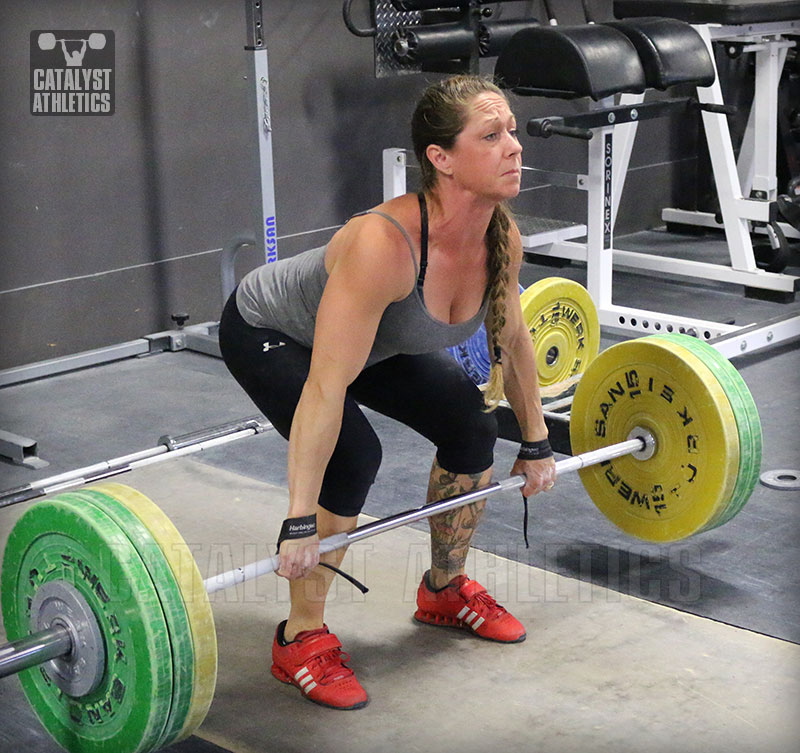Articles
Your Hands Are Part of Your Body: Straps & Grip in Weightlifting
May 12 2016

May 12 2016

Lifting straps are a legitimate training tool for weightlifting—they unquestionably have a purpose and should be used at certain times with certain exercises by every weightlifter out there. The trick is knowing when this is and when it isn’t.
My basic rules on when straps should be used:
The most common question I get is whether or not to use straps with hang snatches or snatch complexes in which the bar needs to be lowered from a previous rep without being returned to the floor. Generally my answer is only if absolutely necessary, and I’d prefer in most cases that the bar be dropped and picked up again without straps than straps used to lower it. The ability of the lifter to hold onto the bar securely is equal in importance to the ability of the hips and legs to accelerate and elevate it, or the upper body to hold it overhead. You can’t make a lift if any of these things is lacking. Long term, you’ll get the best results by training in a way that keeps the development of all of these traits on pace with each other.
Read these articles about grip strength for weightlifting:
Grip Strength and Training for Weightlifting
Grip Strength Program for Weightlifting
Watch a video on how to use straps:
My basic rules on when straps should be used:
- Snatch & Clean Pull Variations
- Snatch & Clean Deadlift Variations
- RDLs & SLDLs
The most common question I get is whether or not to use straps with hang snatches or snatch complexes in which the bar needs to be lowered from a previous rep without being returned to the floor. Generally my answer is only if absolutely necessary, and I’d prefer in most cases that the bar be dropped and picked up again without straps than straps used to lower it. The ability of the lifter to hold onto the bar securely is equal in importance to the ability of the hips and legs to accelerate and elevate it, or the upper body to hold it overhead. You can’t make a lift if any of these things is lacking. Long term, you’ll get the best results by training in a way that keeps the development of all of these traits on pace with each other.
Read these articles about grip strength for weightlifting:
Grip Strength and Training for Weightlifting
Grip Strength Program for Weightlifting
Watch a video on how to use straps:

Greg Everett
Alyssa Sulay